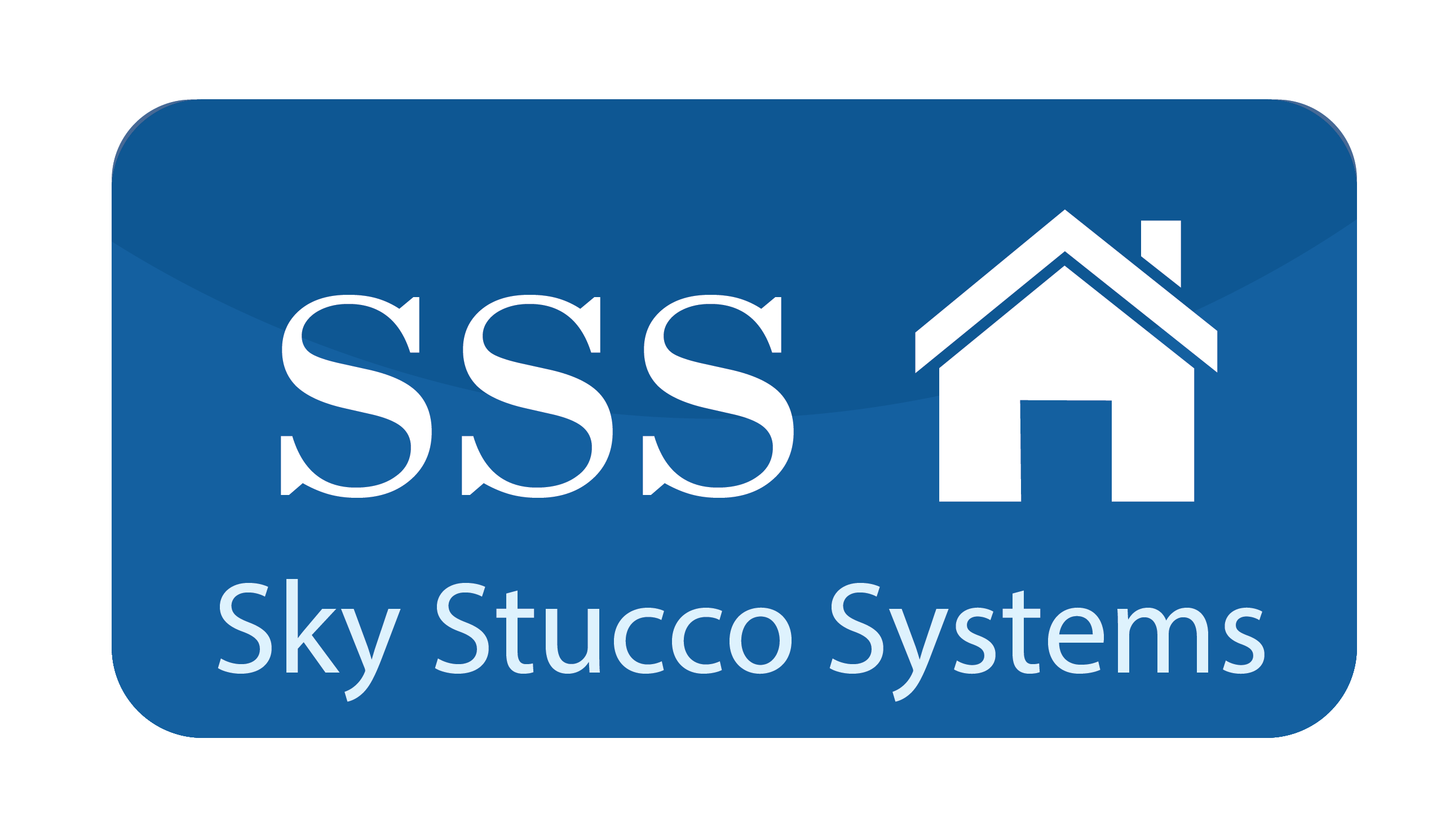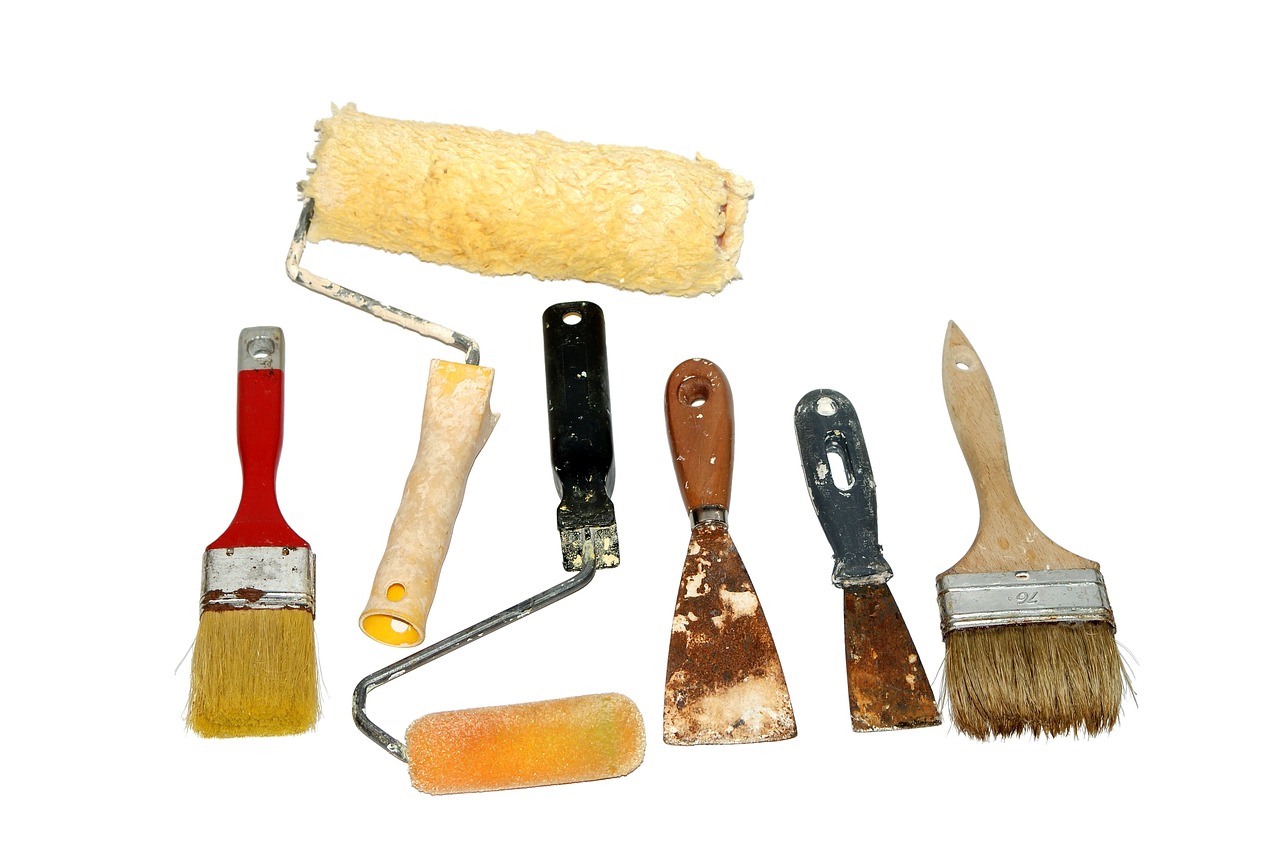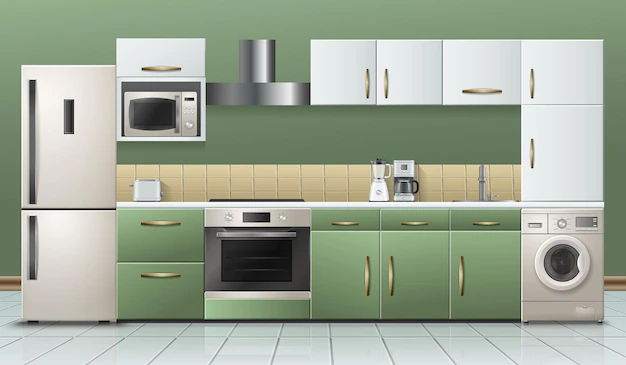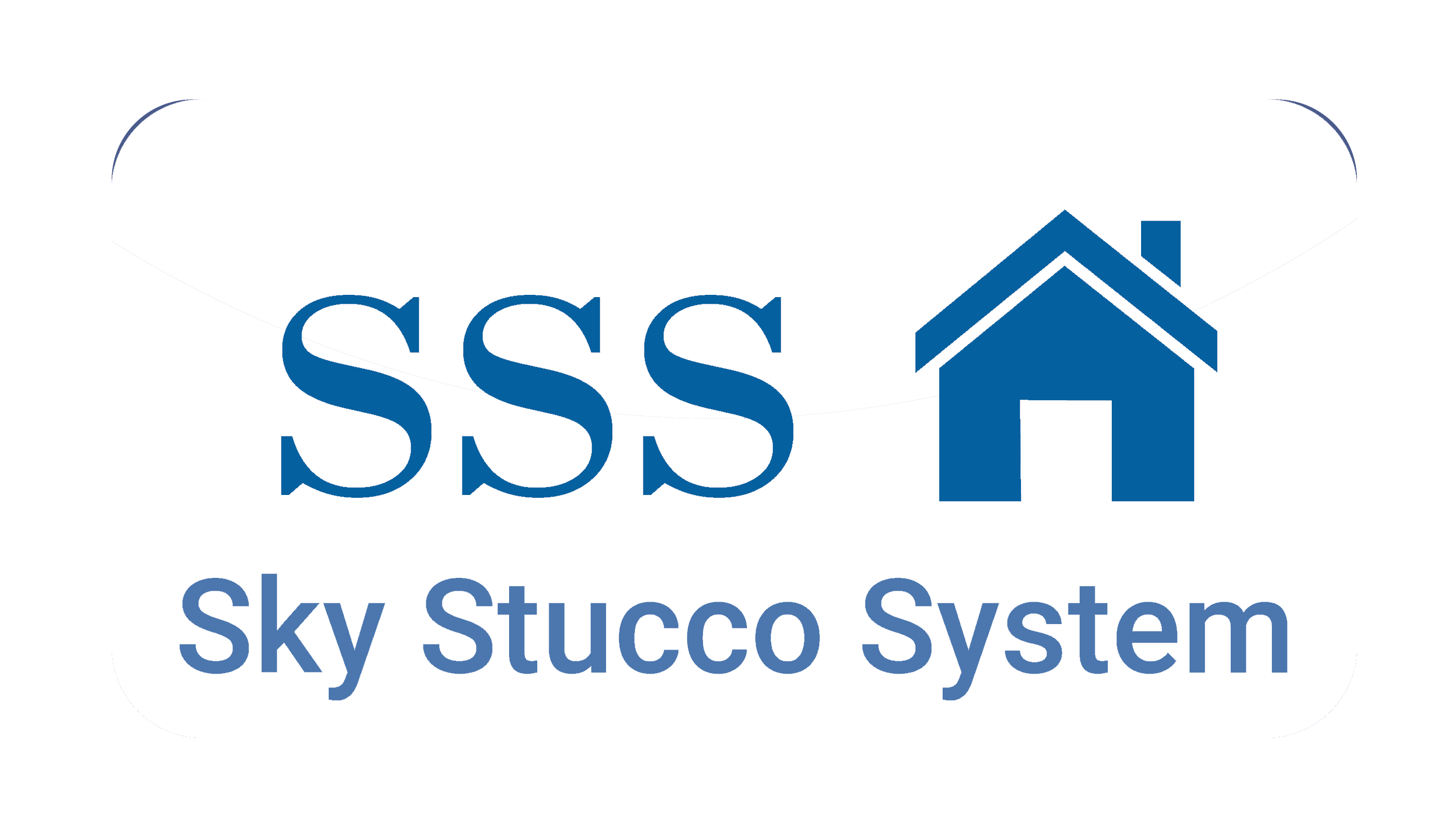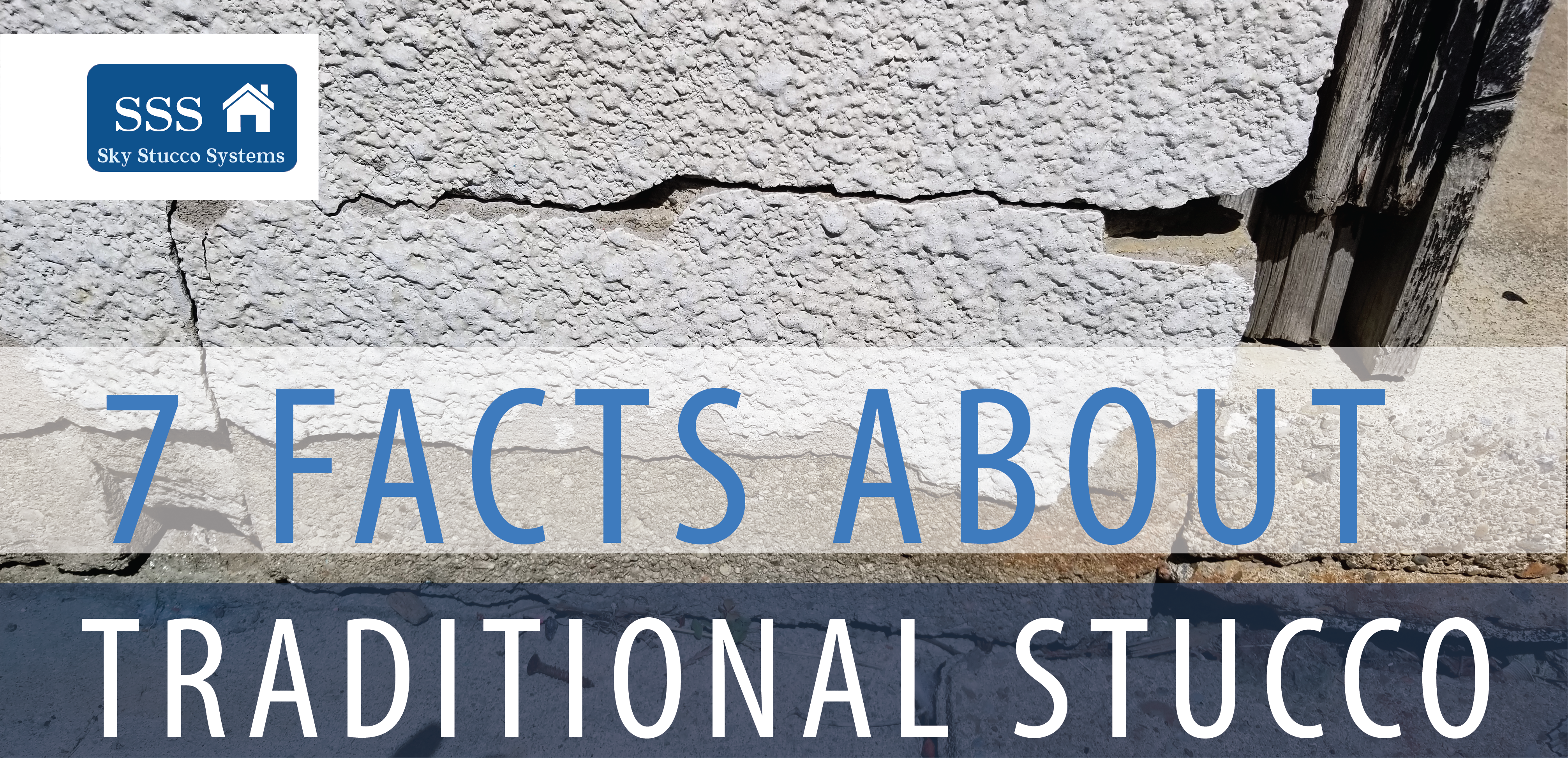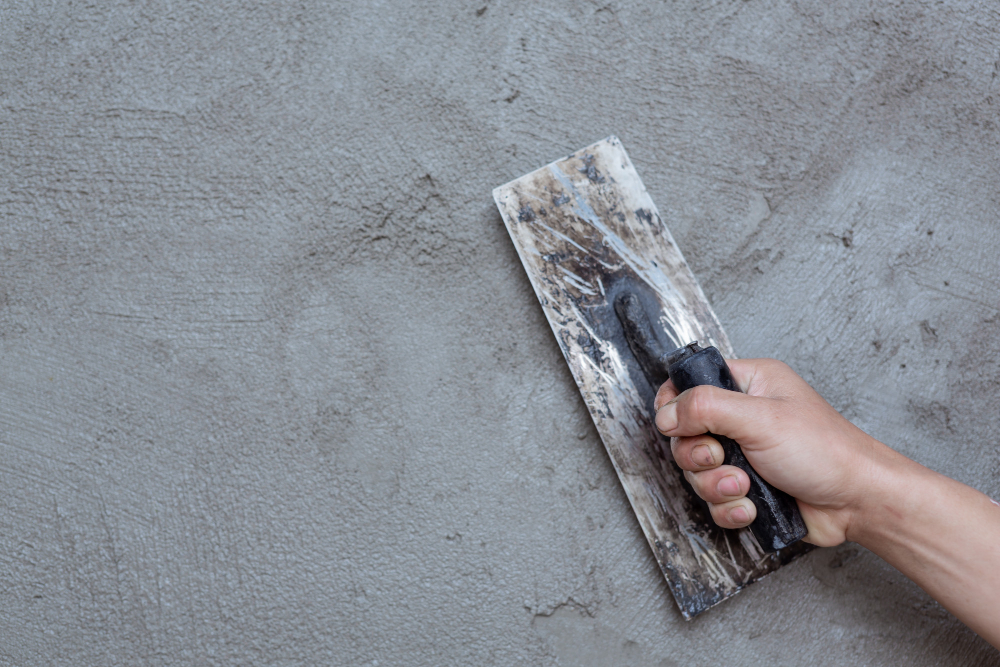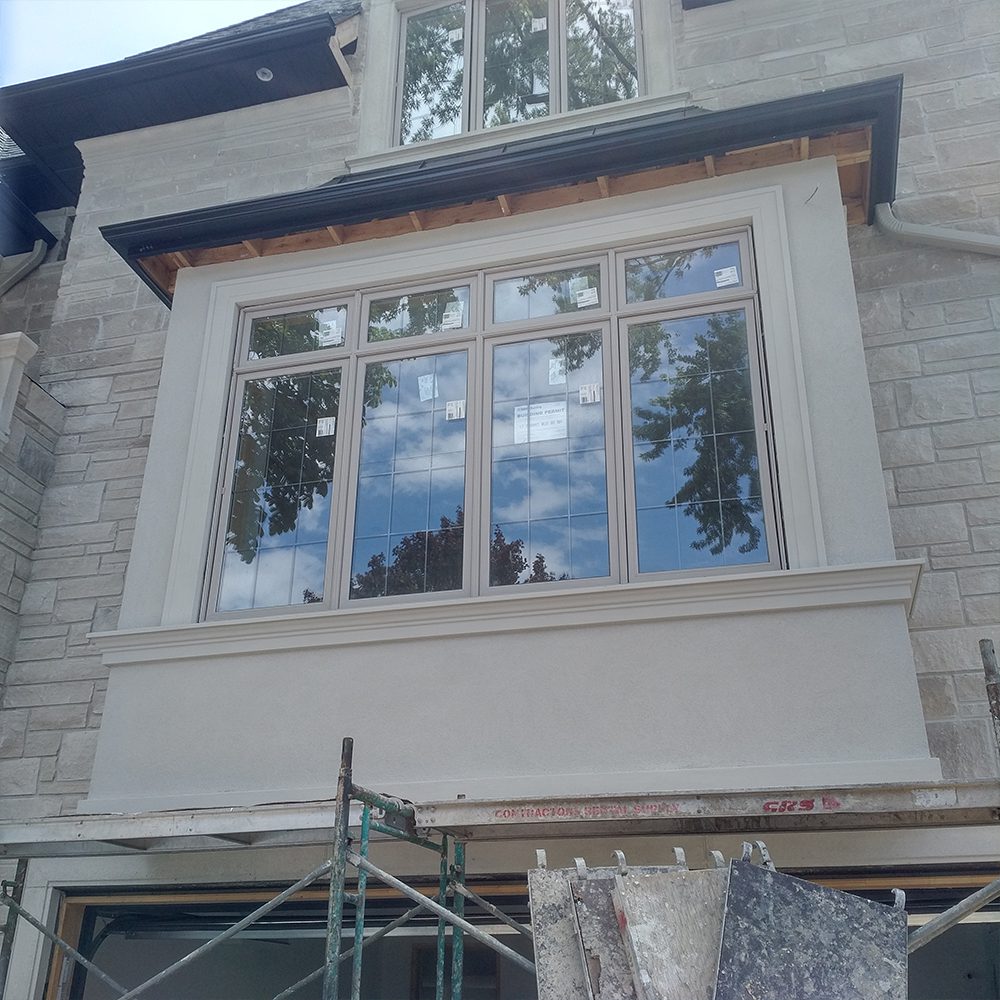To keep your home in the best condition possible, you must be knowledgeable about maintaining every part of it. So, join us for a beginner’s guide to stucco repair and maintenance!
Understanding stucco
When choosing the right exterior finish for your home, stucco stands out as a compelling option over traditional siding. And understanding stucco and its advantages can help you make an informed decision. Not to mention it will help with stucco repair and maintenance! Stucco is a durable and versatile material composed of cement, sand, and water. It provides excellent insulation, making it energy-efficient and cost-effective in the long run. Unlike siding, it is resistant to rot, pests, and fire, offering enhanced protection for your home. Its smooth or textured finish adds a touch of elegance and curb appeal to any architectural style. It also requires minimal maintenance, reducing the hassle and expenses associated with constant upkeep. Additionally, you can customize it with various colors and patterns to suit your aesthetic preferences!
Tools and materials for stucco repair and maintenance
Having the right tools and materials is essential for a successful outcome. Some basic tools you’ll need include a trowel, utility knife, wire brush, and a masonry brush. Additionally, you’ll require materials such as a patching compound, bonding agent, and primer. Safety equipment like gloves, goggles, and a dust mask are also crucial. The type of patching compound and bonding agent you choose will depend on the specific repair needs. And naturally, you need to choose the right stucco color to ensure a seamless blend with the existing finish. It’s also important to follow the manufacturer’s instructions when using these tools and materials. So, by having the correct equipment and materials, you can achieve professional-looking results and restore the beauty of your home’s exterior!
Preparation for repair
Before embarking on a repair and maintenance project, proper preparation is key to ensure smooth progress and a successful outcome. So, start by assessing the extent of the damage to determine the necessary repairs. Thoroughly clean the affected area, removing any loose stucco and debris. It’s also essential to prime the surface before applying any patching compound to ensure proper adhesion. If the repair involves a large area or requires extensive work, it might be wise to seek professional assistance! The experts from miamimoversforless.com also recommend hiring movers and cleaning professionals to prepare for the repair work quickly. You can focus on the repair process without unnecessary distractions by delegating these tasks.
Repairing cracks
Repairing stucco cracks is crucial in maintaining the integrity and aesthetics of your home’s exterior. To stucco the right way, start by identifying the type and extent of the crack. Clean the area and apply a high-quality patching compound using a trowel for minor cracks. Blend the patch with the surrounding stucco for a seamless finish. However, larger cracks require a slightly different approach. Begin by stabilizing the crack using wire mesh or other reinforcement methods. Then, fill the crack with a repair compound, ensuring it reaches the appropriate depth. Once the repair is complete, match the texture of the existing stucco to ensure a uniform appearance. By addressing cracks promptly and following these repair steps, you can maintain the structural integrity and visual appeal of your home’s exterior.
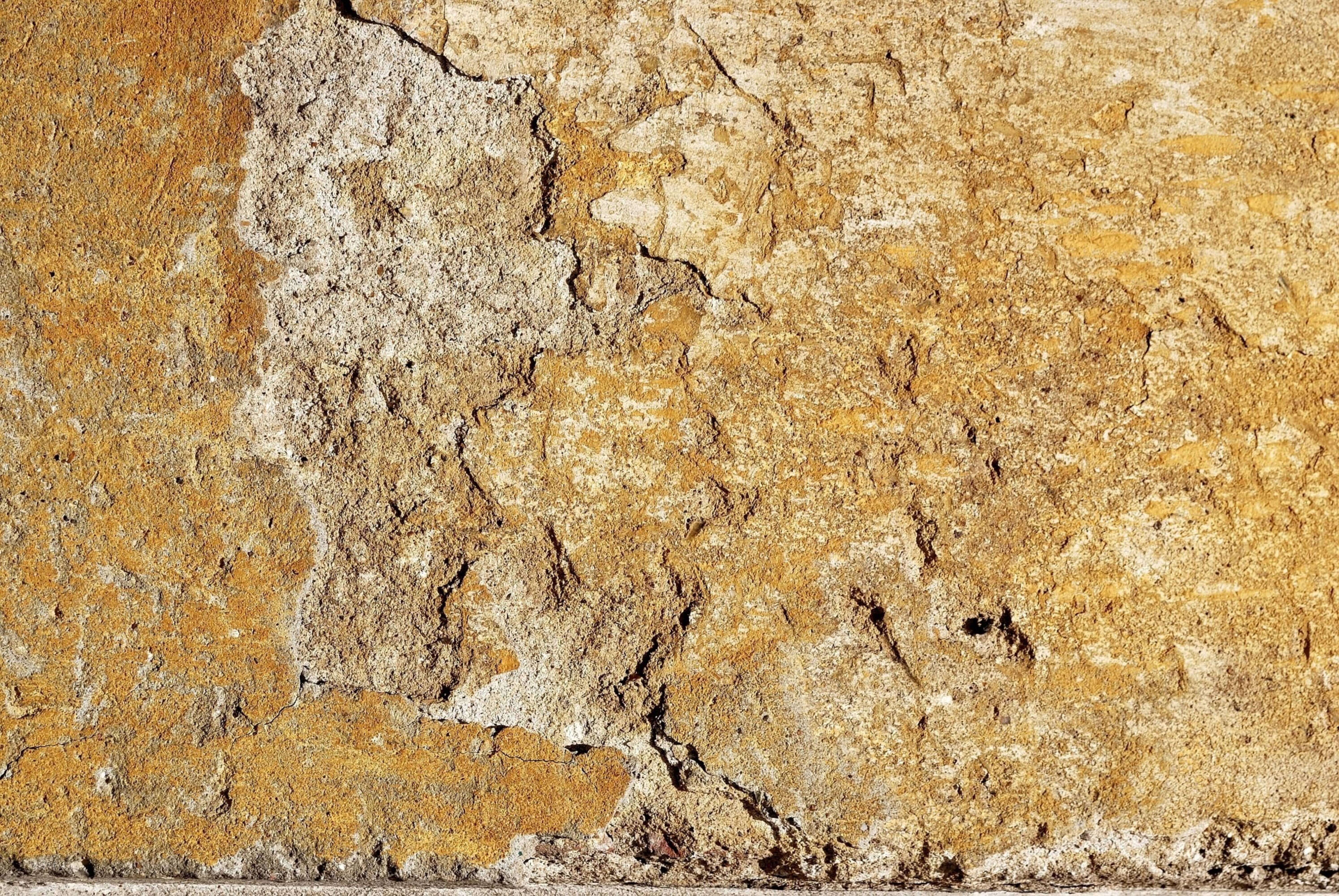
Water damage restoration
Water damage can be a significant concern for stucco exteriors, requiring prompt restoration to prevent further deterioration. When addressing water damage, it’s crucial to identify and address the source of the water intrusion, whether it’s from a leaky roof, faulty flashing, or inadequate drainage. Once you address the underlying issue, you must carefully restore the water-damaged areas. This process may involve removing the affected stucco, allowing the area to dry thoroughly, and replacing it with new stucco. It’s also important to properly inspect and repair any damaged moisture barriers to prevent future water infiltration.
Dealing with efflorescence
Efflorescence, those unsightly white deposits appearing on stucco surfaces, can be frustrating for homeowners. That is because dealing with efflorescence involves understanding its causes and implementing effective removal methods. Efflorescence occurs when water infiltrates the stucco, bringing soluble salts to the surface. To remove efflorescence, brush off the deposits with a stiff bristle brush. Next, clean the affected area using a mild detergent or specialized efflorescence cleaner. Rinse the surface thoroughly to remove any residue. Preventive measures are also important in dealing with efflorescence. Improving drainage around the surface and addressing water penetration issues can help minimize future occurrences. Applying a protective sealant or waterproof coating to the stucco can also provide an additional barrier against water and salts. If efflorescence persists or the damage is extensive, consult professionals.
Mold and mildew remediation
Mold and mildew growth can be a health concern, and you should address it promptly. The first step is identifying the affected areas, typically damp or shaded. Wear protective gear, such as gloves and a mask, to avoid spore exposure. Then, remove mold and mildew using a mixture of water and mild detergent or a specialized mold cleaner. Scrub the surface gently with a brush, making sure to reach all the crevices. Following that, rinse the area thoroughly and allow it to dry completely. It’s important to address the underlying moisture cause, such as improving ventilation or fixing leaks, to prevent future growth.
Painting and re-coloring stucco
Painting and re-coloring stucco is an effective way to refresh and update the appearance of your home’s exterior. Before starting the process, prepare the surface by cleaning it thoroughly to remove dirt, debris, and any loose or flaking paint. Apply a suitable primer to promote proper paint adhesion and ensure a long-lasting finish. When selecting the paint color, consider factors such as the architectural style of your home and the surrounding environment. Choosing high-quality acrylic or elastomeric paint specifically formulated for these surfaces is advisable. Then, use a roller or a sprayer to apply the paint evenly, working in small sections. You might need multiple coats to achieve the desired color and coverage. Finally, allow the paint to dry completely before enjoying your home’s exterior’s refreshed and vibrant look!
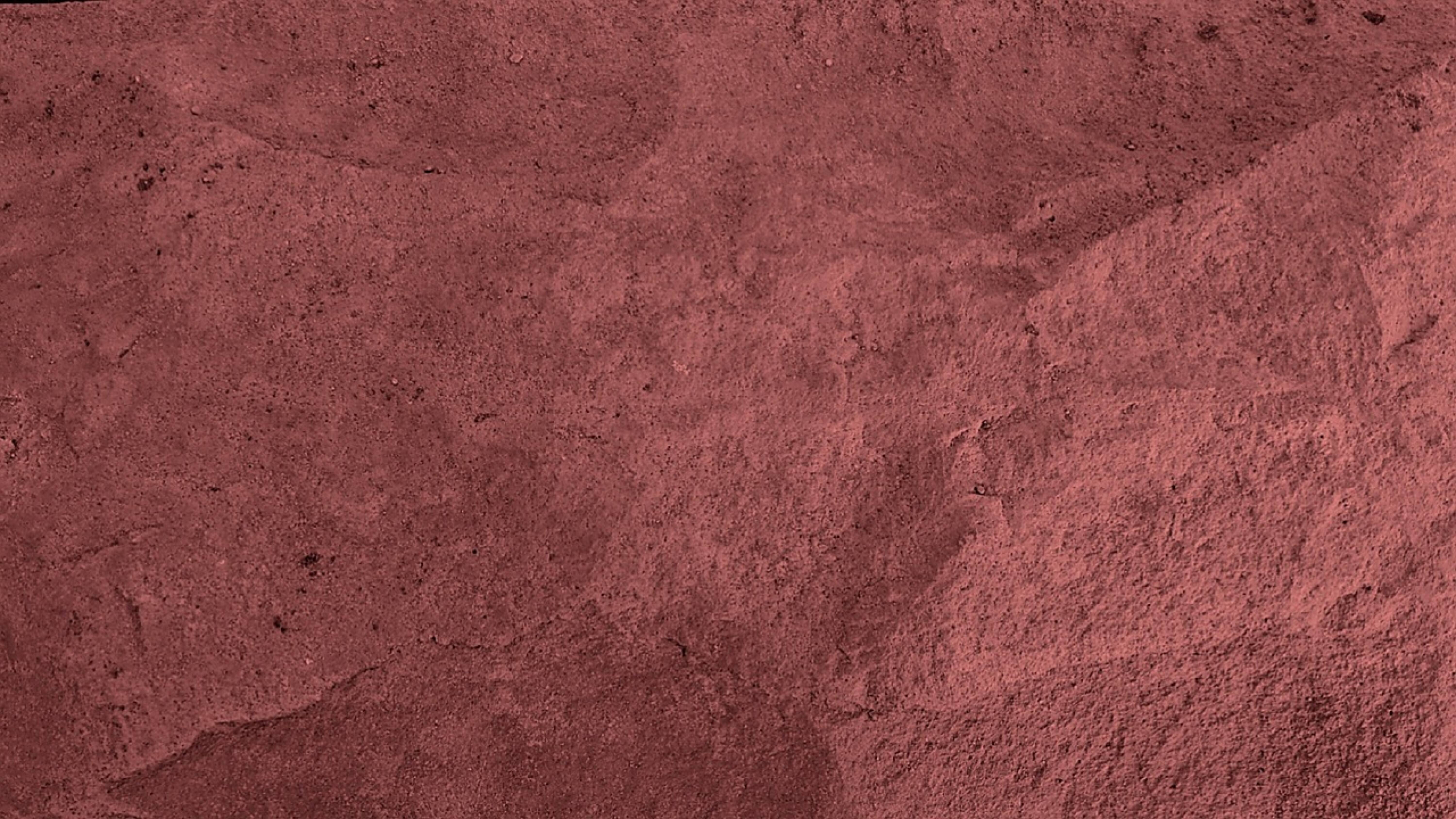
When hiring professional help is not optional
While you can tackle minor repairs as DIY projects, certain situations may require professional help. Hiring experienced repair professionals is advisable when dealing with extensive damage or structural issues or when you lack the necessary skills and equipment. Professionals have the expertise to accurately assess the damage, provide appropriate solutions, and ensure quality repairs. They are well-versed in the specific techniques and materials required for repair, which can result in a seamless and durable finish. Moreover, professionals can handle permits and documentation, ensuring compliance with local regulations!
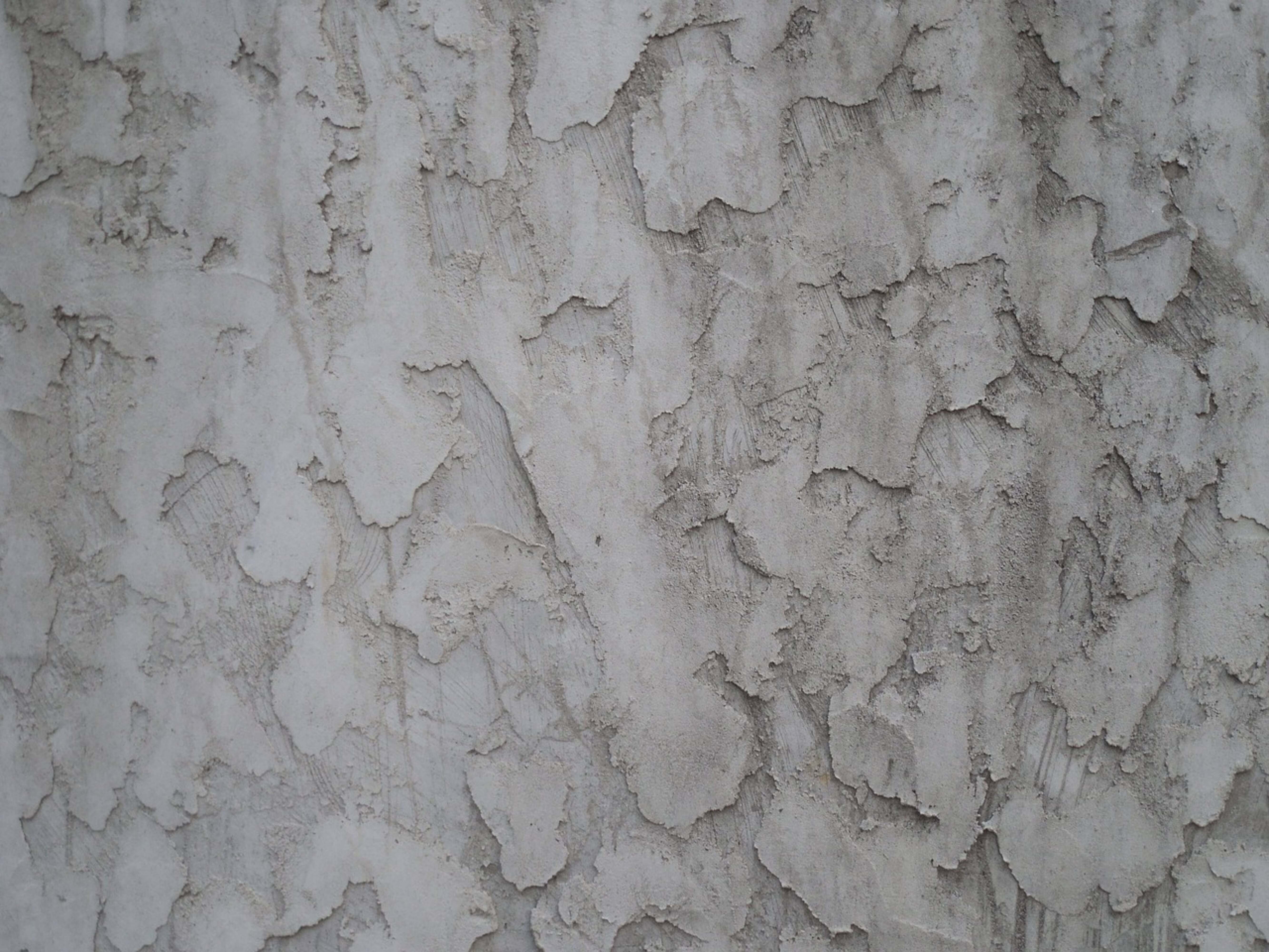
Working to pretty up and maintain your home’s exterior
With our beginner’s guide to stucco repair and maintenance, you have a solid base of knowledge to work from. Of course, as noted multiple times, if the project overwhelms you with its scope or difficulty, just look for help!
